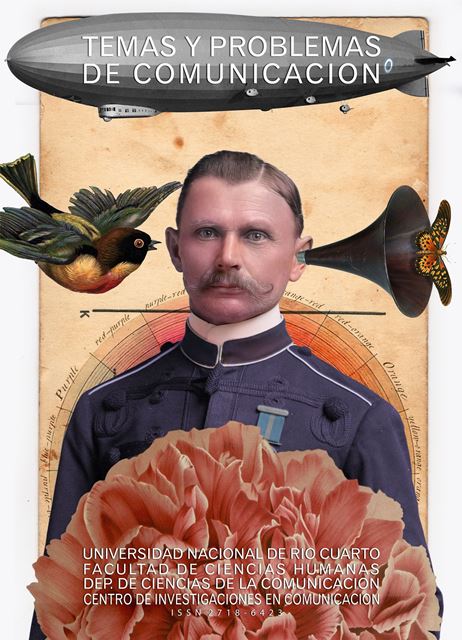Encuadre de la migración en la era de la posverdad: de los tuits de Trump a los portales de noticias mexicanos y estadounidenses
Resumen
El presente artículo es un avance de una tesis de doctorado en desarrollo, en el que se analiza cómo los portales de noticias mexicanos y estadounidenses retoman los tuits de Trump para narrar la migración de Centroamérica y México hacia Estados Unidos. Aquí se presenta el caso de la caravana migrante que partió el 18 de octubre del 2018. Este análisis comparativo, toma como punto de partida el trabajo Sistemas Mediáticos Comparados de Hallin y Mancini (2004), quienes dan seguimiento a la pregunta que se hicieron Siebert, Peterson y Schramm (1956) “¿por qué la prensa es cómo es?”. Desde la perspectiva del
encuadre de Entman (1993), se hace un análisis de contenido. En los primeros hallazgos se encontró que el problema de la migración para los medios estadounidenses partió de una postura electoral republicana y para los mexicanos era un pretexto para promover la agenda antimigrante.
Palabras clave: Migración, Sistemas de Medios, Twitter, Donald Trump, Periodismo
Migration framing in the Post-Truth Era: from Trump’s tweets to the mexican and american news websites
Abstract
This article is a preview of a phD doctoral thesis in progress, which analyzes how
Mexican and American news websites take up Trump's tweets to narrate the migration from Central America and Mexico to the United States. The phenomenon which is analayzed is the migrant caravan that left on October 18, 2018. This is a comparative analysis based in the Compared Media Systems by Hallin and Mancini (2004), who followed up the Siebert, Peterson and Schramm (1956) question “why is the press the way it is?”. The content analysis is based in framing theory of Entman (1993). In the first findings, it was found that
the problem of migration for the US media started from a Republican electoral position and for Mexicans it was a pretext to promote the anti-immigrant agenda.
Keywords: Migration, Media Systems, Twitter, Donald Trump, Journalism
Referencias
Averbuch & Semple (Oct, 19, 2018). As Trump Assails Caravan, a Clash Between Migrants and Mexico Police. The New York Times.
Castells, M. (2017). Ruptura. La crisis de la democracia liberal. Madrid, España: Alianza.
Entman, Robert (1993). Framing: Toward Clarification of a Fractured Paradigm. Editorial. Journal of Communication.
https://onlinelibrary.wiley.com/doi/abs/10.1111/j.1460-2466.1993.tb01304.x
Guerrero, M. A. (2019). ¿El fin de la razón? Ciudad de México: Siglo XXI.
Hallin, D. C., & Mancini, P. (2004). Comparing Media Systems. Three models of media and politics. Cambridge: Cambrige University Press.
Iyengar, S. (1994). Is anyone responsible?: How television frames political issues. University of Chicago Press.
Shoemaker, P. J., & Reese, S. D. (1996). Mediating the message (pp. 781-795). White Plains, NY: Longman.
Siebert, F. T., Peterson, T., Peterson, T. B., & Schramm, W. (1956). Four theories of the press: The authoritarian, libertarian, social responsibility, and Soviet communist concepts of what the press should be and do. University of Illinois press.

